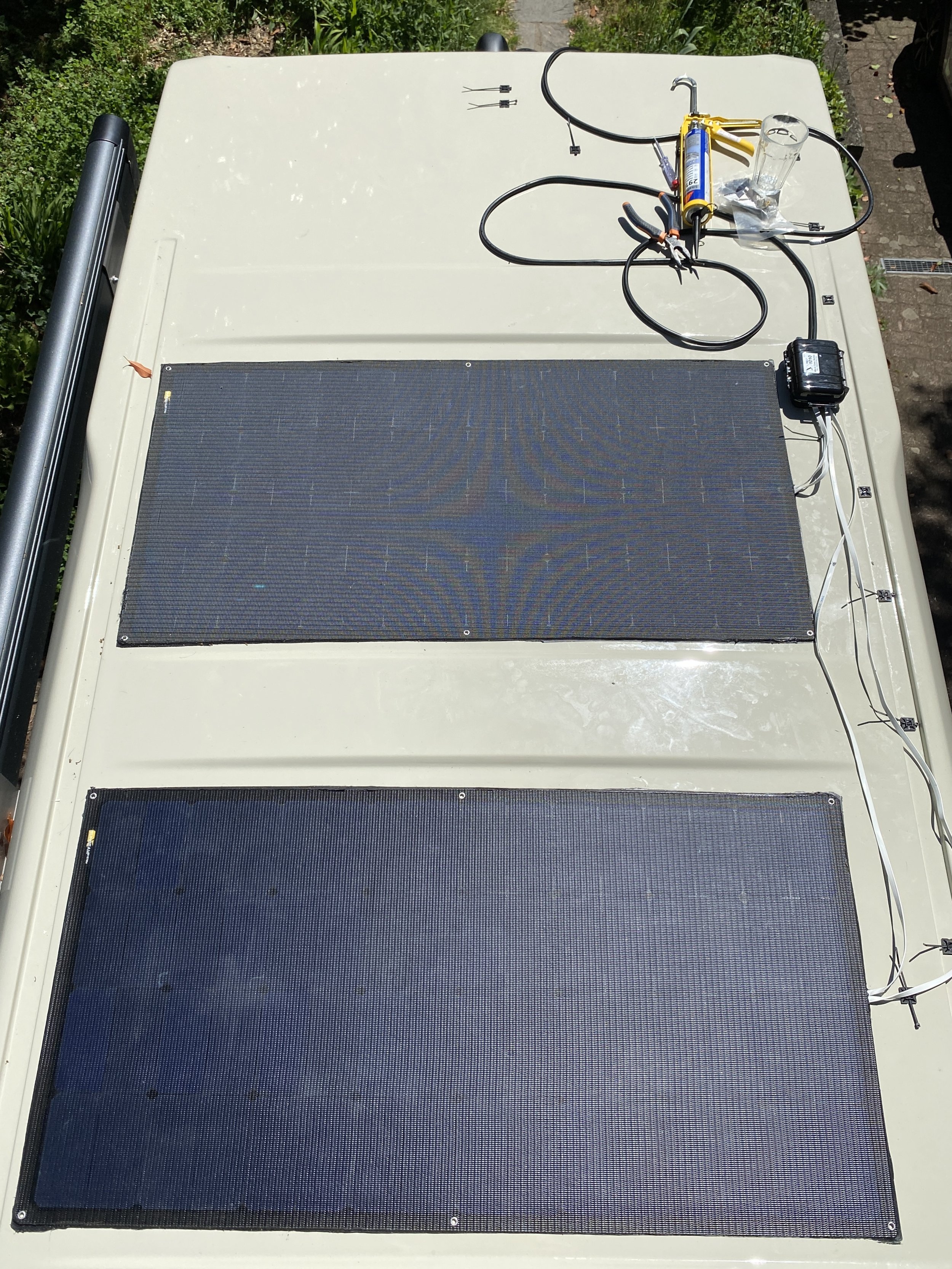Van Life: Goal Zero, why I would skip solar panels and get a bigger battery.
You just bought a ready to use Camper or Van, but the battery it came with isn’t that great, and you are looking for way to improve your electricity independence?
The solution I’ll tell you isn’t “the solution”, there are chances an electrician will tell you there’s something wrong, but for me it worked, and none how my electricians friends wanted to take responsibility with alternatives, so I came up with this, and I had no problems since March 2022.
Pedro was delivered with a low end lead battery, after full charge the battery showed 25% or less of capacity after one night with the fridge working in low/silent mode, this didn’t give me a lot of confidence, for longer trips, where maybe I wanted to stop on a spot for longer than 12 hours.
So I searched for weeks for a solution, joining to the conclusion like almost every van lifer that:
Obviously a generator was excluded, too noisy, and not a really ecological solution.
Solar panels seemed the way to go, but on rainy/cloudly days could be a problem.
I needed a big battery, but didn’t want to buy 3-4 big batteries that were difficult to instal.
So what I normally do when I’m not sure of what I’m doing, I buy the best product available and think that I’ll figure it out later.
A few days later I took delivery of the new Goal Zero “Yeti 6000X”
When you order a battery with big capacity like this one you know that it won’t be small, but when you have it in your Van, you realise it’s quite big. the problem was that I had the battery, but still no solar panels and no way to charge it on the road, except for the charger it comes with. So here it goes an other deep dive into the solar panels available on the market.
I ended up buying two “SUNBEAM system Though 111 watts, of which I’m totally disappointed btw, I’ll explain further.
In the picture above you can see the solar panels during the installation process.
The problem with solar panels, also if you buy expensive ones like mines, is that is really difficult you get the advertised watts into your battery, I should get 222 watts into the battery, with optimal conditions: solar panels must be clean, they must be oriented and inclined against the sun and it must be sunny days like in summer, not too warm, otherwise they won’t work well, and ideally the moment of the day with more light, approximately 11.00 to 15.00.
With the best conditions available I get 140 watts of power, totally unstable, going from 70 watts to 140, so I would consider safe to say a stable value is 95-105 W in ultra optimal conditions.
After spending 1’278.- euros on solar panel and the items necessary for the installation, I realised Goal Zero had a more interesting solution the “Yeti Link vehicle integration kit”, this bad boy connects to the alternator of your vehicle and gets A LOT of juice, we are talking 800 watts in optimal conditions (it receive less power as the battery approach full charge, but still, also at 95% we are in the 350-400 watts range).
Why is this so interesting?
Lets say you drive Friday evening for your week end road trip, or your stay in the mountains, and you drive will the original battery of your van empty, and the one the Goal Zero in empty too (which is not a good idea, but is to give a practical idea).
In five hours of drive, the Goal Zero will be 45% charged, good luck doing that with solar panels!




